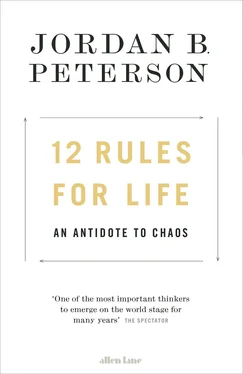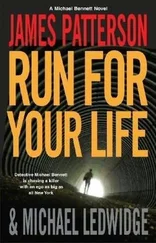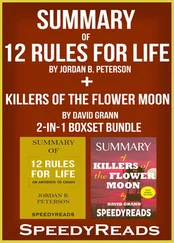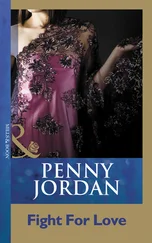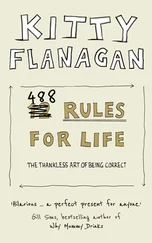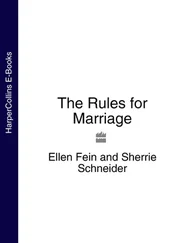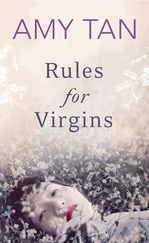It should also be noted, finally, that the structure of the brain itself at a gross morphological level appears to reflect this duality. This, to me, indicates the fundamental, beyond-the-metaphorical reality of this symbolically feminine/masculine divide, since the brain is adapted, by definition, to reality itself (that is, reality conceptualized in this quasi-Darwinian manner). Elkhonon Goldberg, student of the great Russian neuropsychologist Alexander Luria, has proposed quite lucidly and directly that the very hemispheric structure of the cortex reflects the fundamental division between novelty (the unknown, or chaos) and routinization (the known, order). [18044] For the classic works, see Campbell, D.T. & Fiske, D.W. (1959). “Convergent and discriminant validation by the multitrait-multimethod matrix.” Psychological Bulletin , 56, 81-105. A similar idea was developed in Wilson, E.O. (1998). Consilience: The unity of knowledge . New York: Knopf. It’s also why we have five senses, so we can “pentangulate” our way through the world, with qualitatively separate modes of perception operating and cross-checking simultaneously.
He doesn’t make reference to the symbols representing the structure of the world in reference to this theory, but that’s all the better: an idea is more credible when it emerges as a consequence of investigations in different realms. [18045] Headland, T. N., & Greene, H. W. (2011). “Hunter-gatherers and other primates as prey, predators, and competitors of snakes.” Proceedings of the National Academy of Sciences USA, 108 , 1470–1474.
We already know all this, but we don’t know we know it. But we immediately comprehend it when it’s articulated in a manner such as this. Everyone understands order and chaos, world and underworld, when it’s explained using these terms. We all have a palpable sense of the chaos lurking under everything familiar. That’s why we understand the strange, surreal stories of Pinocchio , and Sleeping Beauty , and The Lion King , and The Little Mermaid , and Beauty and the Beast , with their eternal landscapes of known and unknown, world and underworld. We’ve all been in both places, many times: sometimes by happenstance, sometimes by choice.
Many things begin to fall into place when you begin to consciously understand the world in this manner. It’s as if the knowledge of your body and soul falls into alignment with the knowledge of your intellect. And there’s more: such knowledge is proscriptive, as well as descriptive. This is the kind of knowing what that helps you know how . This is the kind of is from which you can derive an ought . The Taoist juxtaposition of yin and yang, for example, doesn’t simply portray chaos and order as the fundamental elements of Being—it also tells you how to act. The Way, the Taoist path of life, is represented by (or exists on) the border between the twin serpents. The Way is the path of proper Being. It’s the same Way as that referred to by Christ in John 14:6: I am the way, and the truth and the life . The same idea is expressed in Matthew 7:14: Because strait is the gate, and narrow is the way, which leadeth unto life, and few there be that find it.
We eternally inhabit order, surrounded by chaos. We eternally occupy known territory, surrounded by the unknown. We experience meaningful engagement when we mediate appropriately between them. We are adapted, in the deepest Darwinian sense, not to the world of objects, but to the meta-realities of order and chaos, yang and yin. Chaos and order make up the eternal, transcendent environment of the living.
To straddle that fundamental duality is to be balanced: to have one foot firmly planted in order and security, and the other in chaos, possibility, growth and adventure. When life suddenly reveals itself as intense, gripping and meaningful; when time passes and you’re so engrossed in what you’re doing you don’t notice—it is there and then that you are located precisely on the border between order and chaos. The subjective meaning that we encounter there is the reaction of our deepest being, our neurologically and evolutionarily grounded instinctive self, indicating that we are ensuring the stability but also the expansion of habitable, productive territory, of space that is personal, social and natural. It’s the right place to be, in every sense. You are there when—and where—it matters. That’s what music is telling you, too, when you’re listening—even more, perhaps, when you’re dancing—when its harmonious layered patterns of predictability and unpredictability make meaning itself well up from the most profound depths of your Being.
Chaos and order are fundamental elements because every lived situation (even every conceivable lived situation) is made up of both. No matter where we are, there are some things we can identify, make use of, and predict, and some things we neither know nor understand. No matter who we are, Kalahari Desert–dweller or Wall Street banker, some things are under our control, and some things are not. That’s why both can understand the same stories, and dwell within the confines of the same eternal truths. Finally, the fundamental reality of chaos and order is true for everything alive, not only for us. Living things are always to be found in places they can master, surrounded by things and situations that make them vulnerable.
Order is not enough. You can’t just be stable, and secure, and unchanging, because there are still vital and important new things to be learned. Nonetheless, chaos can be too much. You can’t long tolerate being swamped and overwhelmed beyond your capacity to cope while you are learning what you still need to know. Thus, you need to place one foot in what you have mastered and understood and the other in what you are currently exploring and mastering. Then you have positioned yourself where the terror of existence is under control and you are secure, but where you are also alert and engaged. That is where there is something new to master and some way that you can be improved. That is where meaning is to be found.
Remember, as discussed earlier, that the Genesis stories were amalgamated from several sources. After the newer Priestly story (Genesis 1), recounting the emergence of order from chaos, comes the second, even more ancient, “Jahwist” part, beginning, essentially, with Genesis 2. The Jahwist account, which uses the name YHWH or Jahweh to represent God, contains the story of Adam and Eve, along with a much fuller explication of the events of the sixth day alluded to in the previous “Priestly” story. The continuity between the stories appears to be the result of careful editing by the person or persons known singly to biblical scholars as the “Redactor,” who wove the stories together. This may have occurred when the peoples of two traditions united, for one reason or another, and the subsequent illogic of their melded stories, growing together over time in an ungainly fashion, bothered someone conscious, courageous, and obsessed with coherence.
According to the Jahwist creation story, God first created a bounded space, known as Eden (which, in Aramaic—Jesus’s putative language—means well-watered place) or Paradise ( pairidaeza in old Iranian or Avestan, which means walled or protected enclosure or garden). God placed Adam in there, along with all manner of fruit-bearing trees, two of which were marked out. One of these was the Tree of Life; the other, the Tree of Knowledge of Good and Evil. God then told Adam to have his fill of fruit, as he wished, but added that the fruit of the Tree of the Knowledge of Good and Evil was forbidden. After that, He created Eve as a partner for Adam. [11898] Or, in another interpretation, He split the original androgynous individual into two parts, male and female. According to this line of thinking, Christ, the “second Adam,” is also the original Man, before the sexual subdivision. The symbolic meaning of this should be clear to those who have followed the argument thus far.
Читать дальше
